Buy Desolation, Thomas Cole as a reproduction on canvas, ArtFrame, poster and wallpaper, printed on demand in high quality.
About "Desolation, Thomas Cole"
About the artwork
Desolation, Thomas Cole.
Part of the series "The Course of Empire".
The fifth painting, Desolation, shows the results, decades later. We view the remains of the city in the livid light of a dying day. The landscape has begun to return to wilderness, and no humans are to be seen; but the remnants of their architecture emerge from beneath a mantle of trees, ivy, and other overgrowth. The broken stumps of the pharoses loom in the background. The arches of the shattered bridge, and the columns of the temple are still visible; a single column looms in the foreground, now a nesting place for birds. The sunrise of the first painting is mirrored here by a moonrise, a pale light reflecting in the ruin-choked river while the standing pillar reflects the last rays of sunset. This gloomy picture suggests how all empires could be after their fall. It is a harsh possible future in which humanity has been destroyed by its own hand.
This cycle reflects Cole's pessimism, and is often seen as a commentary on Andrew Jackson and the Democratic Party. (Note, for instance, the military hero at the centre of "Consummation.") However, some Democrats had a different theory of the course of empire. They saw not a spiral or cycle but a continuing upward trajectory. Levi Woodbury, a Democrat and a justice of the United States Supreme Court, for instance, responded to Cole by saying that there would be no destruction in the United States.
Old Master collections
Discover more Old Masters in the following collections:
 Netherlands
Netherlands Ordered in January 2018
Ordered in January 2018
 Netherlands
Netherlands Ordered in March 2024
Ordered in March 2024
 Germany
Germany Ordered in April 2023
Ordered in April 2023
 Netherlands
Netherlands Ordered in January 2024
Ordered in January 2024
 Netherlands
Netherlands Ordered in March 2022
Ordered in March 2022
 Germany
Germany Ordered in November 2019
Ordered in November 2019
 Germany
Germany Ordered in January 2021
Ordered in January 2021
 Germany
Germany Ordered in February 2021
Ordered in February 2021
 Germany
Germany Ordered in October 2020
Ordered in October 2020
 Netherlands
Netherlands Ordered in July 2018
Ordered in July 2018
 Germany
Germany Ordered in February 2025
Ordered in February 2025
 Germany
Germany Ordered in July 2025
Ordered in July 2025
About the material
ArtFrame™
Interchangeable Art Prints
- High-quality print
- Easily interchangeable
- Acoustic function
- Large sizes available
Discover the Old Masters collection
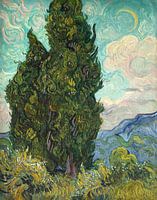 Cypresses
Cypresses Agapanthus, Claude Monet
Agapanthus, Claude Monet The Mirror, Robert Reid
The Mirror, Robert Reid The School of Athens, Raphael
The School of Athens, Raphael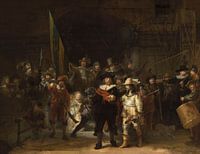 The Night Watch, with missing parts, Rembrandt
The Night Watch, with missing parts, Rembrandt Queen Elizabeth of Bourbon
Queen Elizabeth of Bourbon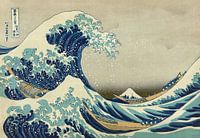 The great wave of Kanagawa, Hokusai
The great wave of Kanagawa, Hokusai Portrait of a woman, anonymous - 1633
Portrait of a woman, anonymous - 1633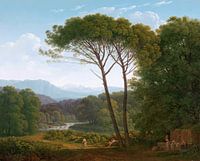 Italian landscape with pine trees, Hendrik Voogd
Italian landscape with pine trees, Hendrik Voogd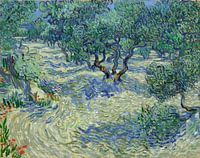 Vincent van Gogh. Olive orchard
Vincent van Gogh. Olive orchard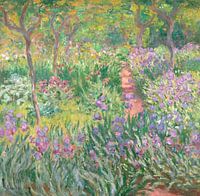 The Artist’s Garden in Giverny, Claude Monet
The Artist’s Garden in Giverny, Claude Monet A Amsterdam street scene - Adrianus Eversen
A Amsterdam street scene - Adrianus Eversen Flower arrangement, Jan Davidsz. de Heem
Flower arrangement, Jan Davidsz. de Heem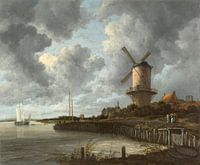 The mill at Wijk bij Duurstede, Jacob Isaacksz. van Ruisdael
The mill at Wijk bij Duurstede, Jacob Isaacksz. van Ruisdael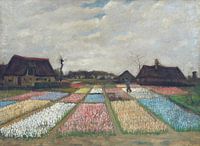 Vincent van Gogh. Flower beds in Holland
Vincent van Gogh. Flower beds in Holland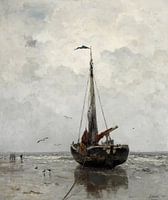 Jacob Maris - Fishing boat
Jacob Maris - Fishing boat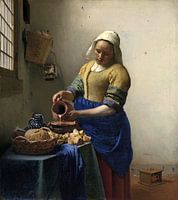 The Milkmaid - Vermeer painting
The Milkmaid - Vermeer painting Almond blossom painting by Vincent van Gogh
Almond blossom painting by Vincent van Gogh Spring Flowers, Claude Monet
Spring Flowers, Claude Monet Lilac in the sun, Claude Monet
Lilac in the sun, Claude Monet
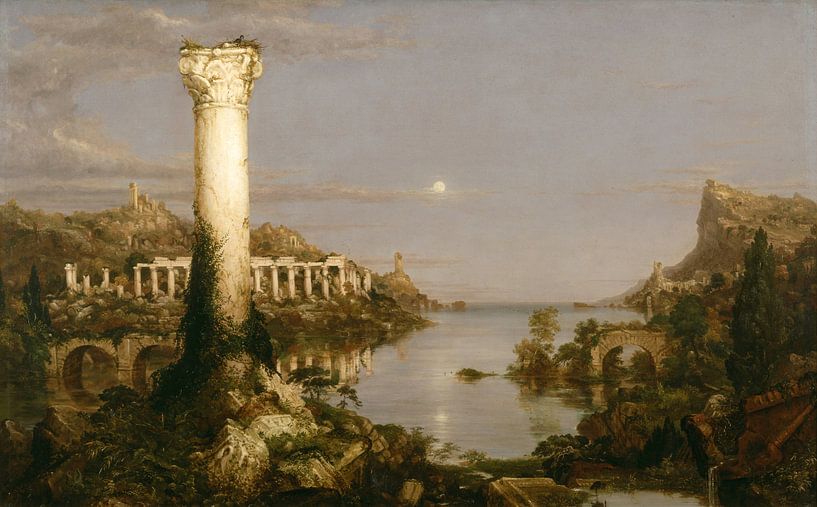












 Nostalgic Memories
Nostalgic Memories Old masters
Old masters Serene Peace
Serene Peace









